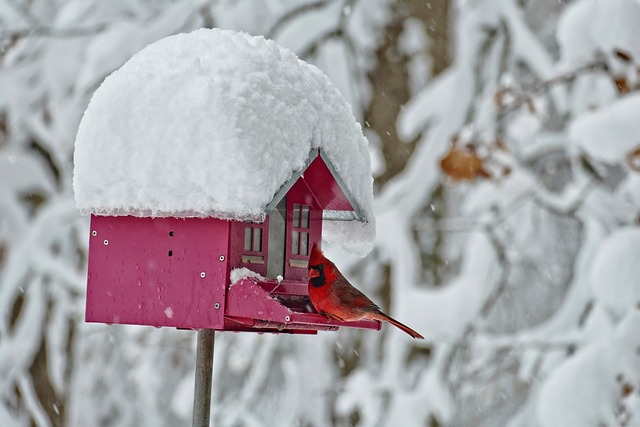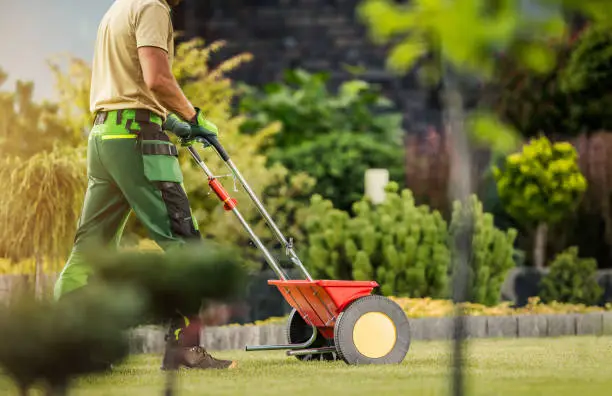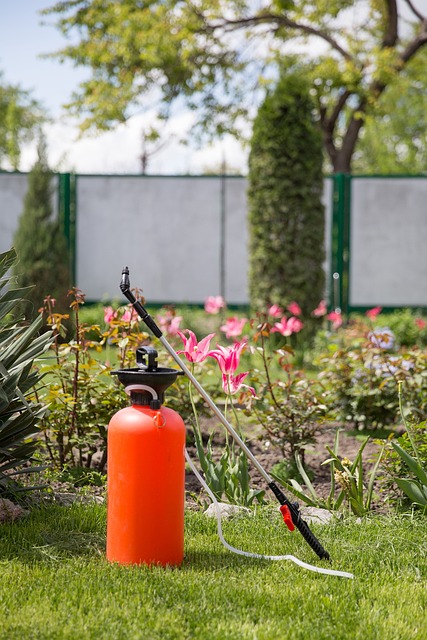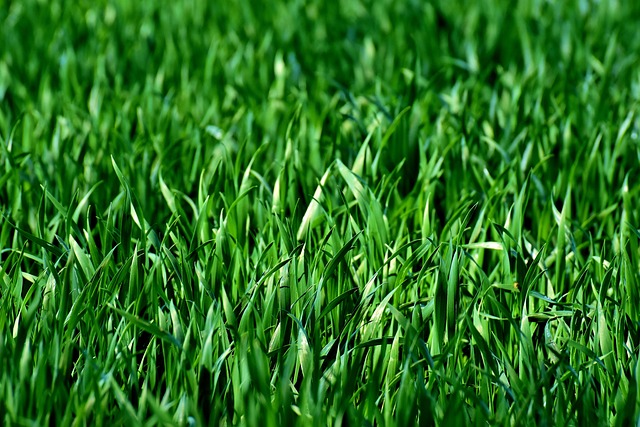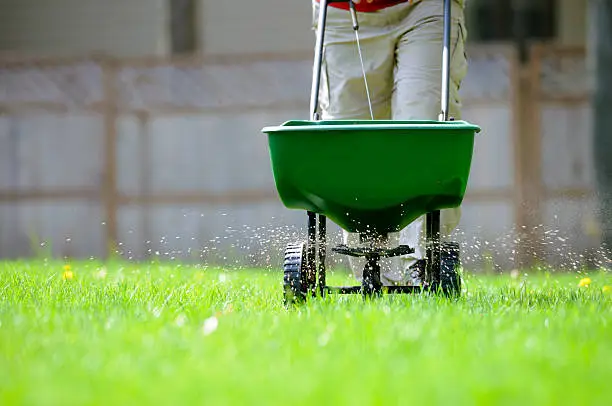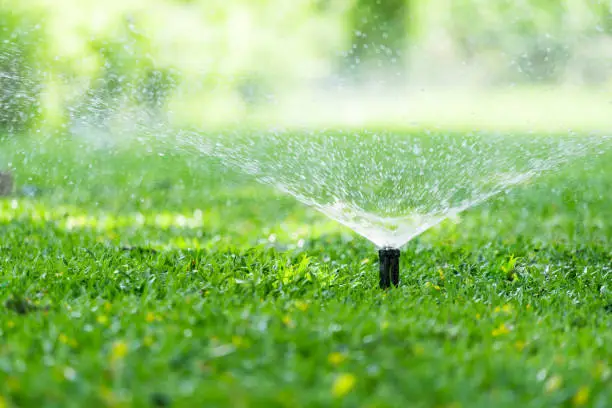5 Pro Tips to Get Your Rochester MN Lawn Ready for Winter
Winter in Rochester, Minnesota can be harsh, with freezing temperatures, heavy snowfall, and icy conditions. To ensure that your lawn emerges from winter looking lush and healthy, it’s essential to take some proactive measures in the fall. In this guide, we’ll provide you with five expert tips to get your Rochester, MN lawn ready for winter. These tips will help your lawn store nutrients, build a robust root system, and prevent common winter problems like snow mold and weeds.
Minnesota Lawn Care Schedule
Here is a general lawn care schedule for Minnesota:
Spring (April-May)
- Remove dead grass and snow mold: Rake your lawn to remove any dead grass and snow mold that has accumulated over the winter.
- Apply pre-emergent herbicide: Apply a pre-emergent herbicide to prevent crabgrass and other weeds from growing.
- Fertilize: Fertilize your lawn with a slow-release nitrogen fertilizer.
- Begin mowing: Begin mowing your lawn at a height of 2.5-3 inches.
Summer (June-August)
- Mow regularly: Continue to mow your lawn regularly at a height of 2.5-3 inches.
- Water deeply and infrequently: Water your lawn deeply and infrequently, about once a week.
- Fertilize: Fertilize your lawn again in mid-summer with a slow-release nitrogen fertilizer.
Fall (September-October)
- Aerate: Aerate your lawn to help reduce soil compaction and improve drainage.
- Overseed: Overseed your lawn to thicken it up and fill in any bare spots.
- Fertilize: Fertilize your lawn one last time in the fall with a slow-release nitrogen fertilizer.
Winter (November-March)
- Protect your lawn from snow mold: Apply a snow mold preventative to your lawn in the late fall.
- Avoid mowing: Avoid mowing your lawn when the grass is dormant.
This is just a general schedule, and you may need to adjust it based on your specific lawn and the weather conditions. For example, if you have a drought-tolerant lawn, you may not need to water it as often.
Here are some additional tips for lawn care in Minnesota:
- Test your soil: Before you fertilize your lawn, test your soil to determine what nutrients it needs. This will help you to avoid over-fertilizing, which can damage your lawn.
- Choose the right grass type: Choose a grass type that is well-suited to the Minnesota climate. Kentucky bluegrass and tall fescue are two popular choices.
- Water properly: Water your lawn deeply and infrequently. This will help to encourage deep root growth.
- Mow properly: Mow your lawn at the correct height. For most lawns in Minnesota, the ideal mowing height is 2.5-3 inches.
If you have any questions or concerns about lawn care in Minnesota, be sure to contact your local lawn care professional.
Tips To Get Your Rochester Mn Lawn Ready For Winter.
Tip 1: Fall Fertilization
One of the most crucial steps in preparing your lawn for winter is fall fertilization. This not only ensures your lawn has the necessary nutrients to withstand the winter but also helps build a resilient root system. For Rochester, MN lawns, it’s recommended to use a fertilizer with a high nitrogen, phosphorus, and potassium content.
Essential Nutrients for Fall Fertilization
| Nutrient | Role in Lawn Health |
|---|---|
| Nitrogen | Promotes leaf and stem growth. |
| Phosphorus | Aids root development and flowering. |
| Potassium | Enhances overall plant health. |
By providing your lawn with these essential nutrients in the fall, you’ll help it store energy and develop a strong foundation for the colder months ahead. This is particularly vital for ensuring your lawn can bounce back come spring.
Tip 2: Mow Shorter for Winter Resilience
As winter approaches, it’s time to adjust your mowing height. Lower your mower’s cutting height to around 2 inches. Mowing shorter in the fall is a practical strategy to prevent snow mold and other diseases that can harm your lawn during the winter months.
Tip 3: Clear Leaves and Debris
Leaves and debris can smother your lawn and create an ideal environment for snow mold to develop. To avoid this, make sure to clear your lawn thoroughly. A leaf blower or a rake can be your best allies in this task. Removing leaves and debris also enhances your lawn’s overall health and appearance.
Tip 4: Fall Dethatch and Aeration –
Dethatching and Aeration is a critical practice for maintaining a healthy lawn. Fall aeration, in particular, has several benefits for Rochester, MN lawns. It improves drainage and reduces soil compaction, which can otherwise make your lawn more vulnerable to winter damage.
Benefits of Fall Aeration
| Benefit | Explanation |
|---|---|
| Improved Drainage | Allows water to penetrate the soil more easily. |
| Reduced Compaction | Loosens soil, enhancing air circulation and root growth. |
Aerating your lawn in the fall creates pathways for essential nutrients and water to reach the roots. It also helps prevent runoff during melting snow and reduces the risk of ice formation.
Tip 5: Repair Bare Spots and Prevent Spring Weeds
Addressing bare spots in your lawn is another key step in winter preparation. Repairing these areas not only keeps your lawn looking pristine but also prevents weeds from gaining a foothold in the spring. To do this, use a grass seed mix designed for your specific climate, like Rochester, MN.
Benefits of Repairing Bare Spots
| Benefit | Explanation |
|---|---|
| Prevents Weeds | Crowds out weeds, reducing weed growth. |
| Enhances Beauty | Creates a more uniform and lush lawn surface. |
By attending to these bare spots before winter arrives, you’ll give your lawn the best chance at a weed-free and vibrant start to spring.
In conclusion, by following these five expert tips, you can ensure that your Rochester, MN lawn is fully prepared for the challenging winter ahead. From fall fertilization to mowing adjustments, leaf removal, aeration, and repairing bare spots, these practices will help your lawn thrive through the cold season and greet spring with vitality and beauty. Don’t forget to execute these steps promptly to enjoy a healthy and vibrant lawn all year round.

